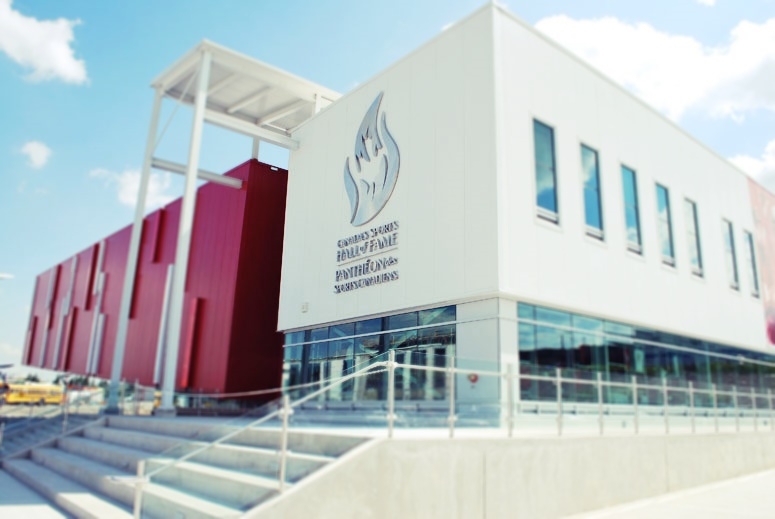
Toolboxes and Technology: Don’t leave the skilled trades out of Canada’s innovation conversation
By Nobina Robinson and Sarah Watts-Rynard
Canada’s economic landscape is changing. To see how, one must look no further than the March 22 federal budget and follow the money. Big chunks of funding will be delivered to the likes of Artificial Intelligence (AI), clean tech, the digital economy and agri-food.
Lost in the budget, however, was any explicit mention of the skilled trades, apprentices or the role they will play in Canada’s new innovation-centred economy. Despite a focus on skills and massive investments in infrastructure on the books, building the knowledge and capacity of Canada’s tradespeople was largely overlooked.
As the Canadian government sets its sights on innovation through all that is high-tech, it is important to recognize that Canada’s skilled tradespeople, apprentices and the institutions they train at (particularly Canada’s leading institutes of technology, polytechnics and colleges) are each operating at the forefront of technology in their own right.
When talking innovation (and building the skills for innovation), skilled tradespeople, and the apprentices that make up their future cohorts, must be included in the conversation. Technology’s impact on industry is undeniable and the trades are no exception. In a multidisciplinary, increasingly STEM-intensive world, that is especially true.
To cope with technology’s impact, those in the skilled trades are adopting models of life-long learning that merge the technical, the technological and the mechanical; the toolbox of today is brimming with technology and so too are the classrooms in which apprentices train.
Take, for example, automotive service technicians. Today’s cars are comprised of a complex mix of on-board computers and mechanical components. With the explosion in popularity of electric cars and the impending availability of autonomous vehicles, the knowledge and skills needed by tomorrow’s technicians will be even greater.
Technicians will be part of multidisciplinary teams that can update a car’s software over Wi-Fi, understand car-to-car wireless communication and integration into the Internet-of-Things, repair on-board hardware and care for the mechanical functionality of hybrid, electric and combustible engines.
To keep pace and ensure the success of apprentices, today’s classrooms are as innovative as the environments in which they will operate. Today’s apprentices are learning to diagnose engine problems using IOS-based applications, familiarizing themselves with work in a variety of environments through the use of simulators, using virtual and augmented reality to build valuable “real world” experience and taking courses delivered online through blended learning to allow for theory based knowledge to be transferred while on remote job sites.
The skilled trades of today require a whole new set of skills on top of those passed down from their mentors. The ability to utilize and work alongside an array of technologies is paramount to success. When an HVAC technician goes out on a job, she or he needs to be able to diagnose issues with a 10-year old furnace or a brand new one, and everything in between. Further, as lines between specializations blur and technological complexity increases, skilled tradespeople become an indispensable asset to multidisciplinary teams and must learn to function as such.
As the world becomes more connected, there is enhanced value placed on STEM-related knowledge. As Canada’s economy pivots to one that is innovation-centric, there needs to be a recognition that skilled tradespeople and apprentices play a significant role in Canada’s innovation landscape.
There is no monopoly on innovation — it includes the apprentice as much as it includes the app.
 Nobina Robinson is the CEO
Nobina Robinson is the CEO
of Polytechnics Canada.
Polytechnics Canada is a
Champion member of
CAF-FCA.
 Sarah Watts-Rynard is the
Sarah Watts-Rynard is the
Executive Director of the Canadian
Apprenticeship Forum
(CAF-FCA).












